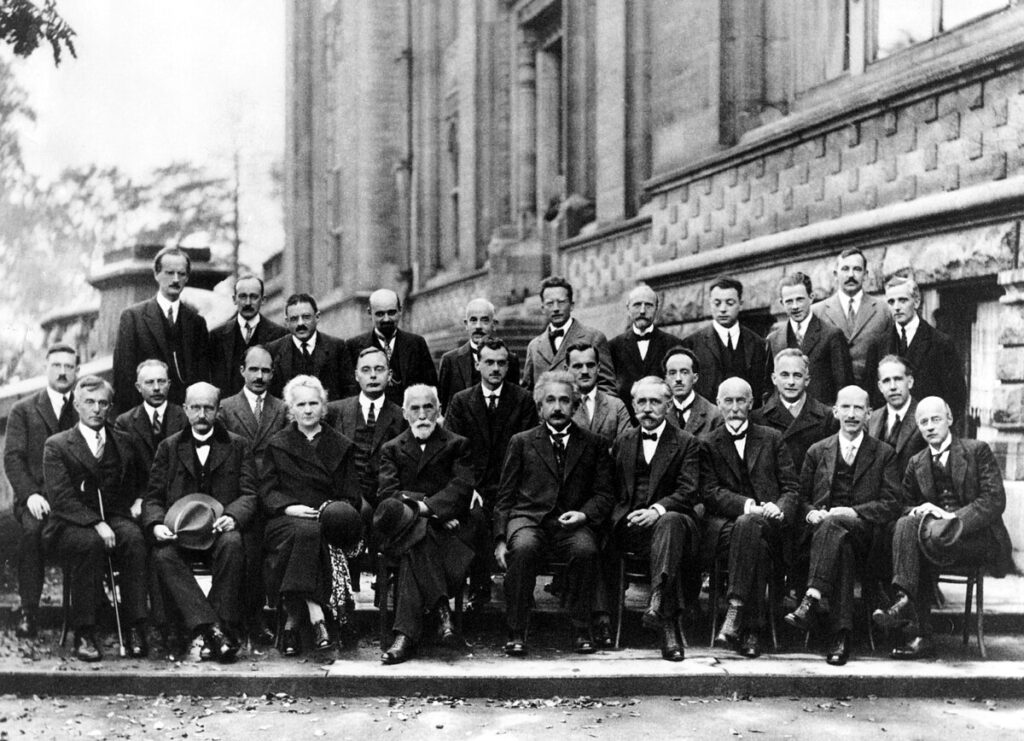This is the grave of Evel Knievel.

Born in 1938, Robert Knievel was a crazy motherfucker. He was born in Butte, home of many crazy people. The elevation, the space, the poverty, the mine tailings, it’s a lot. His parents split when he was boy and both left Butte and neither wanted him, so his grandparents took him in. In 1946, the stuntman and daredevil Joie Chipman came to town for a show. Knievel went and later said he loved it and from that point forward, wanted to be that guy. Could be a later memory standing for the truth, who knows. Unsurprisingly, this was not a guy who thought much of school. He dropped out after his sophomore year of high school and got a job in the mines, as a drill operator working for Anaconda, the beast itself. But all of that served to feed his habit of his motorcycle, which was every second of his free time and every penny of his spending money.
Knievel loved anything that could lead to death. Riding his motorcycle like a maniac was great, but so was rodeo and ski jumping, which he was pretty good at. Jumping things became a thing. He joined the Army in 1959 and was quickly picked up by officers as having unusual athletic ability, so he was sent to the Army track team, where he pole vaulted. Hard tour of duty there. Somehow when he got back to Butte, he started a semi-pro hockey team, convinced the Czechoslovakian national team to play an exhibition for money in Butte, got himself thrown out of the match a couple minutes in for fighting, and then probably walked away with the money as he left the arena. In any case, the money had disappeared. So I mean, this is a wild dude.
To support himself, Knievel worked as a hunting guide, where he took it upon himself to lead the fight against the culling of elk in Yellowstone National Park, arguing that if there were too many elk there, they should be captured and moved elsewhere to build up hunting in other parts of the West. He actually met with Mike Mansfield and Stewart Udall after hitchhiking to D.C. and made his case and eventually the practice was stopped. He then sold insurance for awhile and moved to Moses Lake, Washington, the only remotely interesting thing that has ever happened in that town. There, he started a motocross business and started learning motorcycle tricks.
Knievel, a born hustler, was able to convince investors to fund his stunts and started building up his ability to do them and the financial wherewithal to make it work. He chose the name Evel as his stage name in the late 60s both because it was badass but also because Evil would have connected him too much to the Hell’s Angels and he had no interest in motorcycle gang criminality. He found some other crazy people and in 1966, they started performing at a festival in Indio, California. Just a few days later, he tried a new stunt, jumping while spread-eagled over a speeding motorcycle coming at him. He didn’t time it right, the machine hit him in the groin and threw him 15 feet into the air. He spent the next month in the hospital. He got out, told everyone he was going to do the same stunt in the same location, and this time did not get hit in the dick.
All the injuries meant that his idea of a traveling show didn’t work because not everyone was that insane, so Knievel became a solo act, building up his reputation by jumping over cars. And then lots of cars. Soon it became 15 cars. He started to get attention and showed up on late night talk shows and in Vegas. He got to know John Derek and convinced the director to film him for future use (again, total hustler all the way). When he bet all his remaining money on blackjack in Vegas, he did a shot of Wild Turkey, walked outside, and attempted to jump 141 feet over cars at Caesar’s Palace. He failed and ended up back in the hospital, but now he was the sideshow attraction he always wanted to be. He was famous and nothing would stop him but death. Amazingly, he never did kill himself.
Knievel wanted to jump the Grand Canyon but the government wouldn’t let him die that way. So he decided to jump the Snake River Canyon near Twin Falls, Idaho. He hired the boxing promoter Bob Arum to run the show. It finally happened in 1974. They had created some crazy motorcycle with incredible power and also a parachute so he wouldn’t die. The power was actually enough for him to make it but the winds made it so that he just missed. The parachute only saved him because he didn’t actually land in the river. Otherwise, he would have drowned.
There were so many jumps, so many broken bones, so much insanity. It’s too much to list it all. But he was famous in that 70s style, where people were famous for super weird things. There was a 1977 biopic starring himself with Gene Kelly and Lauren Hutton because….I have no idea why. The film is supposed to be horrible. I know, it’s shocking. He also had toys made of him, which sold about $125 million of goods between 1972 and 1977. There’s a solid role model for the kids! The 80s were rough for Knievel. He beat up a guy and that got a lot of publicity and cost him sponsorships. Also, the 80s were not the 70s and what was once cool now seemed passé. He had something of a comeback in the 90s.
Of course, Knievel got his son Robbie into the family business too. He was never the media sensation his father was but did a lot of televised jumps in the 90s that I do somewhat remember.
Somehow, what killed Knievel was bad lungs and diabetes, which didn’t happen until 2007, when he was living in Florida. He was 69 years old. How is that even possible? Right before he died, he did the inevitable and showed up on televangelist Robert Schuller’s Hour of Power TV show to talk about his conversion to Jesus Christ. Amazingly, it wasn’t jumping that killed Robbie Knievel either, in 2023. It was pancreatic cancer. He was 60.
Evel Knievel is buried in Mountain View Cemetery, Butte, Montana. Who gave the eulogy? Matthew McConaughey. Why not?
If you would like this series to visit other stuntmen and daredevils and the like, you can donate to cover the required expenses here. Harry Houdini is in Queens and Sam Patch is in Rochester, New York. Previous posts in this series are archived here and here.
The post Erik Visits an American Grave, Part 1,963 appeared first on Lawyers, Guns & Money.




